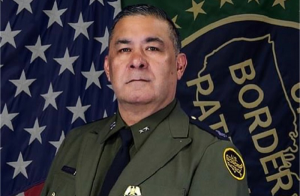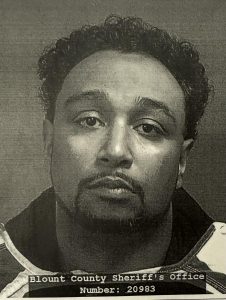The jury began deliberating Tuesday at the murder trial of Kyle Rittenhouse after listening to dueling portrayals of him as a “wannabe soldier” who went looking for the trouble, or a concerned citizen who came under attack while trying to protect property.
The case went to the anonymous, 12-member jury after Rittenhouse himself, in an unusual move, was allowed by Judge Bruce Schroeder to draw the numbered slips of paper from a raffle drum that determined which of the 18 people who sat in judgment during the trial would decide his fate and which ones would be dismissed as alternates.
That task is usually performed by a court clerk, not the defendant.
Rittenhouse, 18, faces life in prison if convicted as charged for using an AR-style semi-automatic rifle to kill two men and wound a third during a night of protests against racial injustice in Kenosha in the summer of 2020. The former police youth cadet is white, as were those he shot.
Rittenhouse testified he acted in self-defense after coming under attack, while prosecutors argued he instigated the bloodshed. The case has become a flashpoint in the U.S. debate over guns, protests, vigilantism and law and order.
Also Read: Explained: All the charges that Kyle Rittenhouse face
The jury appeared to be overwhelmingly white. Prospective jurors were not asked to identify their race during the selection process, and the court did not provide a racial breakdown.
As the jury deliberated, dozens of protesters — some for Rittenhouse, some against — stood outside the courthouse. Some talked quietly with those on the other side, while others shouted insults. One woman could be heard repeatedly calling Rittenhouse supporters “white supremacists.”
A small cardboard cutout meant to represent Rittenhouse was erected outside, with the figure bearing a “Konvict Killer Kyle” shirt. Another person carried a sign that read, “Heal Kenosha.”
Wisconsin Gov. Tony Evers, who faced criticism over his response to the Kenosha protests in 2020, urged calm as the jury deliberated. He announced last week that 500 members of the National Guard would stand ready for duty in Kenosha if needed.
“Regardless of the outcome in this case, I urge peace in Kenosha and across our state,” Evers tweeted. He added: “I ask all those who choose to assemble and exercise their First Amendment rights in every community to do so safely and peacefully.”
The large protests that some had anticipated did not materialize during the trial’s testimony phase. On most days, only a few protesters gathered on the courthouse steps, and the high fence that protected the building during last year’s unrest is gone.
The judge told reporters he was inclined to let the jurors decide how late in the day to allow deliberations to go, and he suggested he would give the news media around an hour to get to court after the jury sends word it has reached a verdict.
During closing arguments Monday, prosecutor Thomas Binger argued that Rittenhouse set the deadly chain of events in motion by bringing a semi-automatic rifle to a protest and menacing others, then walked off like a “hero in a Western.”
But Rittenhouse lawyer Mark Richards countered that Rittenhouse was ambushed by a “crazy person” he feared would wrest away his gun and use it to kill him.
Also Read: Explained: Why did judge drop gun charge against Kyle Rittenhouse
Rittenhouse, then 17, had gone to Kenosha from his home in Antioch, Illinois, in what he said was an effort to protect property from rioters in the days after a Black man, Jacob Blake, was shot by a white Kenosha police officer.
Binger said Rittenhouse was “looking for trouble that night,” and he repeatedly showed the jury drone video that he said depicted Rittenhouse pointing his weapon at demonstrators.
“This is the provocation. This is what starts this incident,” the prosecutor declared. He added: “You lose the right to self-defense when you’re the one who brought the gun, when you are the one creating the danger, when you’re the one provoking other people.”
Rittenhouse shot and killed Joseph Rosenbaum, 36, and Anthony Huber, 26, and wounded Gaige Grosskreutz, now 28.
In making his case for self-defense, Rittenhouse testified that Rosenbaum chased him down and made a grab for his rifle — testimony largely corroborated by video and some of the prosecution’s own witnesses.
As for Huber, he was gunned down after he was seen on video hitting Rittenhouse with a skateboard. And Grosskreutz admitted he had his own gun pointed at Rittenhouse when he was shot.
In his instructions to the jury, Schroeder said that to accept Rittenhouse’s claim of self-defense, the jurors must find that he believed there was an unlawful threat to him and that the amount of force he used was reasonable and necessary.






